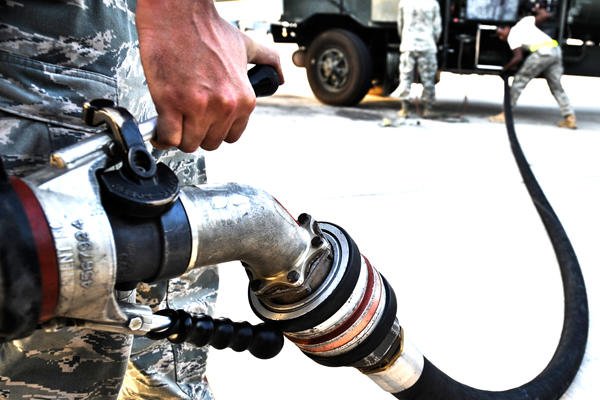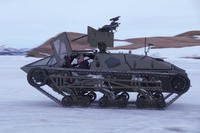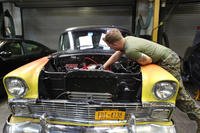Just about every new vehicle is fuel-injected. (The last carbureted vehicles came off the assembly line in 1990.) Although they’re more expensive to service than carburetors were, fuel injection systems with computerized electronic sensing devices have shown sufficient sensitivity, accuracy, and dependability to repay their cost with better performance, greater fuel economy, cleaner exhaust emissions, and more controllable power. Some of the newest models are reported to be 95 to 100 percent clean-burning! Innovationsin design are constantly producing cheaper and more durable systems.
Basically, fuel injection systems inject fuel at precisely the right time and place for it to mix with air and form the fuel/air mixture that drives the engine. This section follows the fuel and air through the fuel injection system to the cylinders.
Tip: Fuel injection systems are too difficult to adjust or repair yourself, but if you know how they work, you can communicate with your technician more knowledgeably,which will save you time and money. Besides, it’s really interesting!
Today’s engines use electronic fuel injectors that are controlled by transistors in the ECU known as injector drivers. The ECU relies on feeds from a variety of sensors to tell it the following:
- How much air is flowing in through the air intake system
- The pressure of the air in the intake manifold
- The engine coolant temperature
- The engine speed
- The throttle angle
- The amount of oxygen in the exhaust gases
The ECU’s injector driver uses all this information to figure out just how much fuel to spray into each cylinder to mix with the air to get the optimumpower to drive the piston.
A transistor turns the injector on by completing a circuit to allow electric current to flow through a solenoid in the injector. A spring-loaded valve in the injector opens, and fuel is injected into the engine cylinders. The amount of time that the ECU keeps the current applied to the injector is known as the injector pulse width. The ECU controls the fuel/air mixture by controlling that pulse width, changing the pulse width to make the mixture richer orleaner based on the information it gets from the various sensors.
You can find fuel injectors (see Figure 7-5) in one of two places: Modern multi-port injection systems are located in the intake port just ahead of the intake valve. The earlier throttlebody fuel injection systems are located inside the throttle body assembly (surprise!), which is kind of like an electronically controlled carburetor. The following sections explore each of these injection systems in detail. Multi-port fuel injection Most modern vehicles have multi-port fuel injection (MFI) with a separate fuel injector for each cylinder. This system mixes the fuel and air together right in the intake port for each engine cylinder just ahead of the intake valve.

From Auto Repair for Dummies, copyright © 2009 by Wiley Publishing, Inc., Indianapolis, Indiana. Used by arrangement with John Wiley & Sons, Inc.










